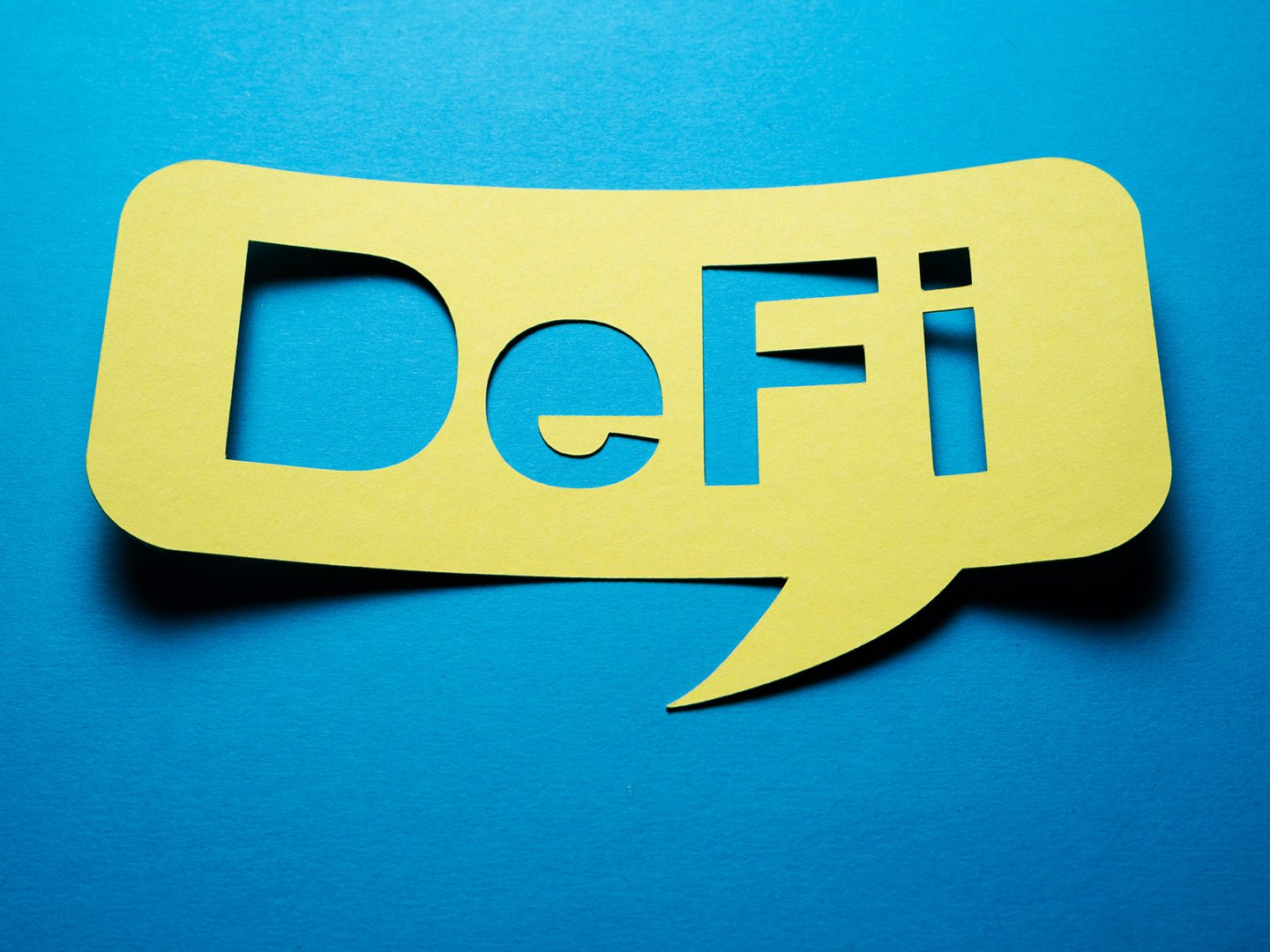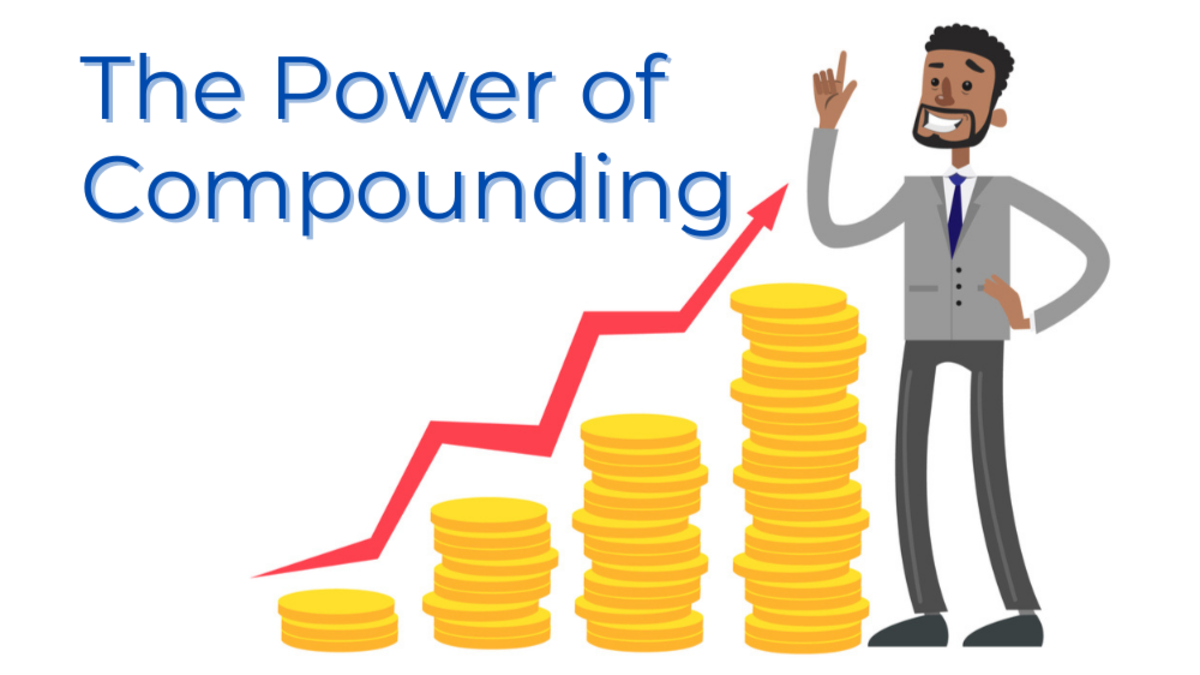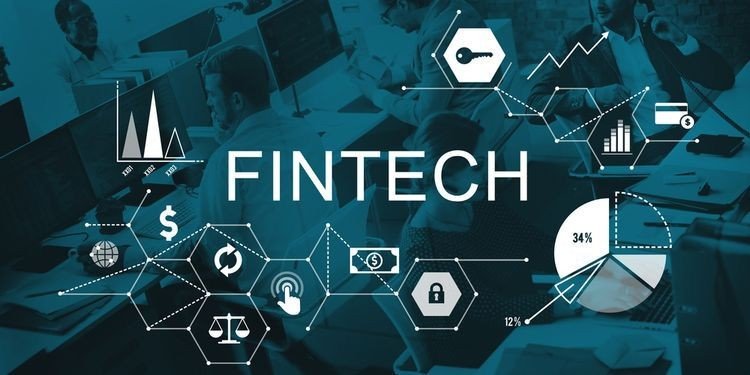DeFi stands for Decentralized Finance and refers to one of the most revolutionary movements in modern finance. A growing trend, it seeks to rebuild classic financial services-like lending, borrowing, trading, and investing-out of the context of centralized institutions with the help of blockchain technology. It applies the transparency of blockchain to ensure financial services will be more approachable, secure, and efficient.
Here, we will go through a primer of DeFi, its benefits, and associated potential risks, and what the future may hold for this rapidly changing sector.
What is DeFi, and How Does it Work?
DeFi is a suite of financial applications built in blockchain networks, which are primarily from the Ethereum blockchain. Unlike traditional finance, wherein there is another powerful central authority in overseeing any transactions, DeFi functions with smart contracts. These are self-executing contracts whereby the terms and conditions of an agreement are written in codes. This will enable users to do financial activities without the need for intermediaries by giving them more control over their assets.
DeFi allows users to lend their cryptocurrency to other parties and charge interest without the interference of any bank. Automating the process with the smart contract, which enforces the terms of the loan, the repayments are ensured. Hence, by the elimination of any middlemen, the network makes transactions faster and cheaper.
Popular DeFi Applications and Use Cases
DeFi covers a wide range of financial services, many of which mirror traditional finance but with added benefits. Here are some popular applications of DeFi:
Lending and Borrowing: Aave and Compound allow people to lend their assets to gain interest or borrow assets against their crypto holdings as collateral. It’s quite speedy, automated, and does not need credit checks of any sort.
A decentralized exchange refers to the exchange of different types of cryptocurrencies directly with each other. Examples of this are Uniswap and SushiSwap. Unlike a centralized exchange, there is no holding of users’ funds in the DEX because transactions are made directly with users’ wallets, thereby offering more security and control over assets.
Yield farming: This refers to the process underlaid by lending and staking assets within DeFi protocols. It has the purpose of generating rewards from its functionality, hence an avenue for passive income by provisioning liquidity within these platforms, but it comes with high risk.
Stablecoins: These are cryptocurrencies pegged to stable assets, such as the US dollar. In DeFi, there is the creation of stablecoins, like DAI, which allow users to make transactions without fearing the volatility commonly associated with cryptocurrencies.
Insurance: A number of decentralized insurance platforms, like Nexus Mutual, do provide some form of cover for users in DeFi. The pooling together of resources in DeFi insurance has been able to offer protection from vulnerabilities related to smart contracts and other risks that are inherent within the DeFi ecosystem.
Advantages of DeFi Over Traditional Finance
A number of advantages make DeFi somewhat appealing for the large audience around the world. Let’s have a closer look at some of those advantages:
Accessibility: DeFi is open to everyone who has an access point to the internet. Users from parts of the world where banking services are inadequate can be a part of this network, so financial services can be made accessible.
Transparency: All transactions made over the blockchain are transparent and verifiable. The record of all activities is kept on a public ledger, and this allows participants to audit and track their transactions.
Ownership of Assets: DeFi allows users to be in possession of their assets, unlike mainstream finance, where the money of clients is held by banks or brokerage systems. This approach to “self-custody” rescales the chances of mismanagement by financial brokers.
Lower fees and quicker transactions: Most times, DeFi transactions bear lower fees since they cut across intermediaries. Further, since DeFi works on blockchain networks, transactions may be concluded in minutes, rather than days, as with traditional banks.
Programmable Money: With smart contracts, money can be programmed to change hands according to the terms mentioned in a smart contract. These are very much going to unleash really complex financial activities, from multisite trades to loans, seamlessly and efficiently.
Risks and Challenges in DeFi
At the counts of advantages provided by DeFi, it also possesses certain risks and challenges. Here are some key concerns:
Smart Contract Vulnerabilities: Since DeFi is based on smart contracts, it will have some bugs or coding errors that can be manipulated and bring serious financial loss. Even minor mistakes in the code of a smart contract can result in big problems; this underlines the necessity for thorough audits.
Market Volatility: Cryptocurrencies are really famous for their price volatility, and this could severely affect DeFi investments. For instance, a sudden fall in the price of a collateralized asset could trigger a liquidation of loans made against it, leading to losses by borrowers.
Regulatory Uncertainty: Most of DeFi is an unregulated no man’s land, and as such, it is a challenge to investors and users alike. The laws churning out to crack down on, or even just regulate the space, may have great effects on DeFi platforms and could limit how some services can be accessed.
Complexity: DeFi applications can also be quite difficult to use for noobs. There is much needed to be understood by the users regarding wallets, gas charges, and smart contracts, and any kind of mistake in this area will cost them money.
Liquidity risks involve the fact that some DeFi projects have less than sufficient liquidity of their assets to meet withdrawals or trades. This could result in a higher level of slippage and less efficiency, especially with smaller or newer projects.
DeFi and the Future of Finance
Despite these challenges, DeFi has continued to be at the center of all attention among investors, developers, and even financial institutions. As DeFi matures, it has the potential to reshape finance in several significant ways:
Financial Inclusion: It has the potential to provide access to financial services in areas where funds are most needed, hence facilitating access to credit, savings, and investment without the need for traditional banks.
Tokenization of Real-World Assets: DeFi continues to explore different methods of tokenizing assets in real estate, stocks, and commodities. This might allow for fractional ownership and provide access to those who cannot afford to invest in high-value assets.
Interoperability between Blockchains: A lot of the DeFi projects are working towards better interoperability between blockchains, meaning that the user can seamlessly move assets from one blockchain to another, hence a truly unified financial ecosystem.
Institutional Interest in DeFi: Traditional financial institutions are taking notice of DeFi and exploring ways to incorporate decentralized finance into their offerings. This could bring added legitimacy to DeFi and further drive the adoption among mainstream users.
How AI and Machine Learning Will Improve DeFi: AI and machine learning are sure to enhance DeFi applications with deeper risk analysis, better trading algorithms, and the identification of user opportunities through the insight of historical data.
Getting Started in DeFi
Ready to get your toes wet? These are some ways to safely dip into the DeFi waters:
Do Your Research: DeFi is complex, and you need to research which platforms to use, read the protocols whether they have been security audited, and assess risks.
Use a Reliable Wallet: For interacting with the projects, DeFi requires you to use a cryptocurrency wallet. Two popular options include MetaMask and Trust Wallet, though you will want to securely store the private keys to your wallet.
Start Small: Start with a small amount of cryptocurrency to test the platform and get a feel for how things work. This minimizes risk, thereby keeping you from losing large sums while learning.
Know Your Fees: Most DeFi transactions have what are called “gas fees,” which can be wildly different depending on how crowded the network is. Always check on fees before making transactions, and think about Layer 2 solutions that offer lower fees.
Diversification of DeFi Investments: DeFi is very risk-prone in nature. Hence, investment should never be concentrated in any one platform or asset. Diversification can allow the spreading of risk across different protocols.
Conclusion
DeFi is the first frontier in a financial revolution-a world bereft of traditional banking and finance, which now can be more transparent, accessible, and decentralized. DeFi claims to eliminate these middlemen, consequently making the said financial services more efficacious and available to a more global market. Of course, there are also risks endemic to the nature of DeFi, and it is a space that calls for users to exercise caution and understanding.
As DeFi is one space that is most definitely in a state of continuous evolution, it is very likely to play a huge part in shaping the future of finance: independently managing one’s assets and taking part in the global financial ecosystem. As technology continues to evolve and interest by institutions increases, DeFi is going to be both an innovative and disruptive force within the world of finance.



